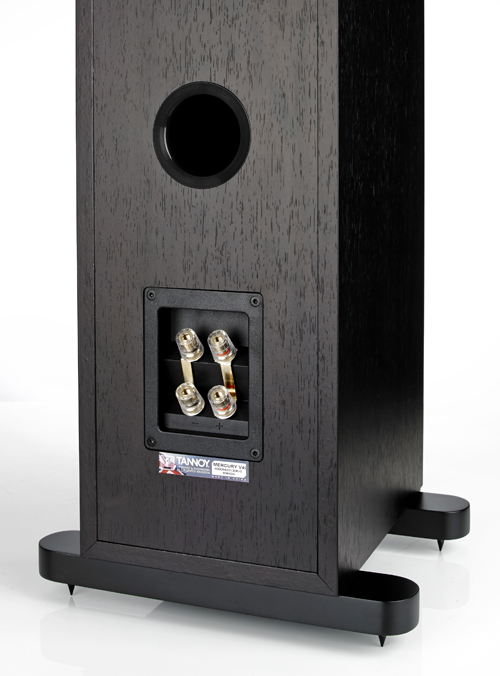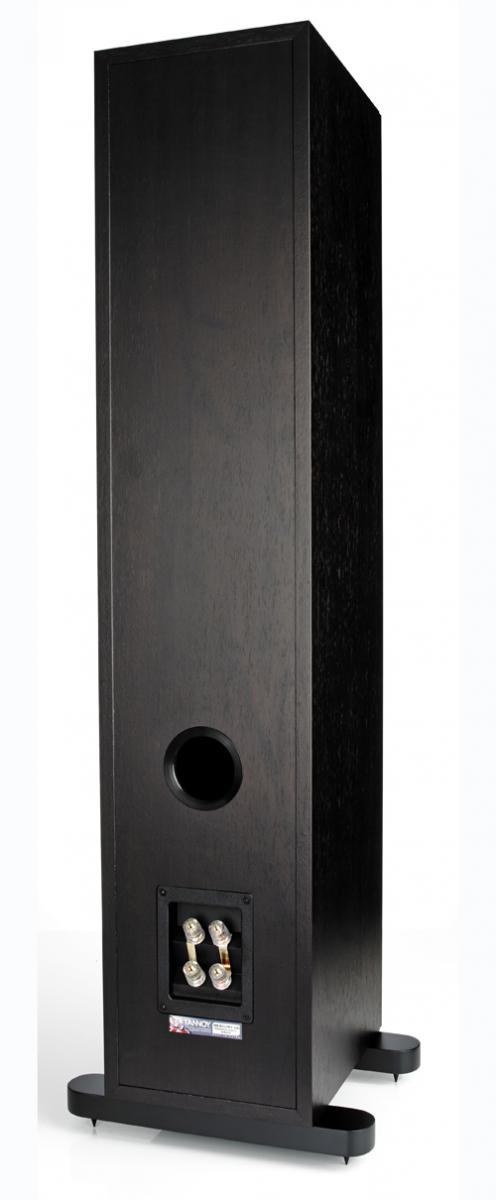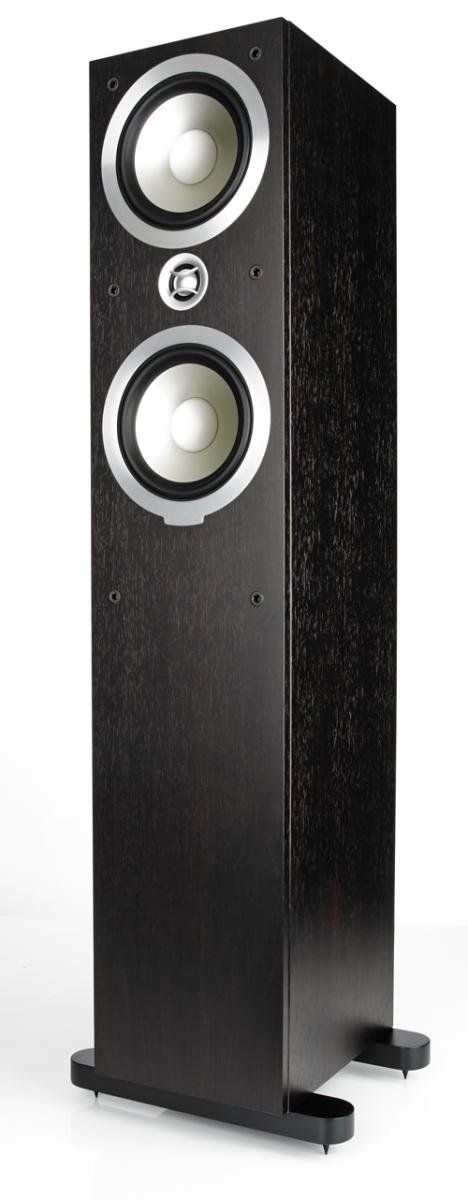What Hi-Fi? Verdict
An exciting, punchy listen – but there are compromises
Pros
- +
Generous, well-controlled low frequencies
- +
Midrange clarity
- +
Pace and power
Cons
- -
Treble can be coarse, can sound dislocated
- -
Not the last word in finesse
Why you can trust What Hi-Fi?
At first glance, the Tannoy Mercury V4i floorstanders would seem to have their work cut out. Sure, they’re from a brand with heavyweight heritage, they’re elegant lookers (in an entirely predictable sort of way) and there’s nothing amiss in the way they’re built or finished.
They’re nicely specified. But there’s a stumbling-block: Q Acoustics.
Design
Unlike Tannoy, Q Acoustics is a loudspeaker manufacturer with next-to nothing in the way of heritage or brand-name gravitas.
What it does have is a range of speakers that set new standards of performance at a given price, and among the brightest stars in the range are the 2050i floorstanders.
Not only do the 2050is sound superb, they look considerably pricier than their £440 asking price. That’s why they’re a current Award-winner. So before the first note is sounded, the V4is have it all to do.
But, as we say, on paper they would appear well equipped for the scrap. They’re a two-way design with a 25mm aluminium-dome tweeter positioned between a pair of 15cm coated-paper mid/bass drivers, underpinned by a rear-firing reflex port.
At 91dB/W/m sensitivity even modest amplifiers should find them easy enough to drive. A pair of wood-effect finishes – ‘sugar maple’ (orange) or ‘dark walnut’ (brown) – looks a little humdrum against the Q Acoustics’ glossy modernity, but otherwise the Tannoys read like a confident, competitive product.
The V4is don’t demand all that much running-in time (a full weekend, night and day, was more than enough to bring them up to speed) but they definitely prefer being biwired.
They also like a little free space, not too close to a corner or a rear wall, and they prefer to be toed-in a little towards your listening seat.
Make sure the spikes are very firmly screwed into the rudimentary feet/plinth arrangement. That’s about it for the list of demands they make.
Performance
Once up and running, the Tannoys sound every bit as confident as we suspected they would. Dish up something assertive like Beastie Boys’ Don’t Play No Game That I Can’t Win and the V4is pretty much pounce on it, driving through the fast, deep bass-line with speed, accuracy and fine tonal variance.
There’s just no limit to the Tannoys’ enthusiasm for up-tempo, attacking material – the punchier it gets, the more these speakers like it. By the time you get to an authentic dancefloor shredder like Squarepusher’s Come On My Selector the V4is are lapping it up, powering through the nose-bleed beat with relish and confidence.
It’s a warm-ish, big-boned sound the Tannoys shoot for, prizing scale and sleeves-rolled-up attack above everything else.

Yet ease back a little with Nick Drake’s Saturday Sun and the Tannoys demonstrate lovely midrange clarity – the vocal has real breathing-space in the spare, open arrangement and is delivered with every fine detail and vocal inflection intact.
These speakers really do take singers seriously – from the ragged-gasping-for-breath of Elvis Costello’s (What’s So Funny ‘Bout) Peace, Love and Understanding? to the silky precision of Nina Simone’s Turn Me On, the V4is communicate with a directness and explicitness that’s rare at this sort of money.
Where out-and-out scale is concerned the Tannoys punch well above their weight too. Even an enraged symphony orchestra in full attack mode (and it seldom gets feistier than Wagner’s Die Walküre) doesn’t phase them – they establish a wide, fairly tall soundstage and position each instrument on it with a fair degree of skill and accuracy.
There’s not an awful lot of depth to the stage, mind you – the V4is tend to push everything to the lip of the orchestra pit in an attempt to get their ‘everything-louder-than-everything-else’ message across.

This relative lack of finesse (which can sometimes manifest itself as a rather relentless determination to Have A Good Time no matter what) is apparent more-or-less constantly.
There’s a definite tendency to harden up at volume (particularly through the midrange, which is all too keen to get a bit shouty), and the two-dimensional soundstage inhibits dynamics somewhat – after all, if you start at ‘10’ where can you go from there?
Perhaps most problematic, though, is the quality of the V4is’ treble reproduction. That new aluminium tweeter is no less energetic than its partners, but there’s a slightly ragged, unyielding quality to the high frequencies that puts them at odds with the rest of the frequency range.
Play a top-heavy tune like Four Tet’s Spirit Fingers and the treble draws unnecessary attention to itself, sounding at times like it belongs to a different loudspeaker altogether.
It’s this ultimate lack of cohesion that proves to be the Tannoys’ undoing. We don’t doubt for a moment that there are some listeners for whom maximum attack at all times and in all circumstances is just the ticket – especially when the lowest frequencies are so rapid, solid and well defined.
The midrange will win fans, too – the V4is are brilliantly communicative with singers of all types.
Verdict
We don’t doubt they’ll find an audience. But their staunchly up-and-at-’em attitude (which puts them strongly at odds with Q Acoustics’ better-balanced 2050is), along with the rather dislocated, hard-edged treble, make the Tannoy Mercury V4is rather too narrow in their appeal for us to be unequivocally enthusiastic about.
MORE: Best buys hi-fi speakers
What Hi-Fi?, founded in 1976, is the world's leading independent guide to buying and owning hi-fi and home entertainment products. Our comprehensive tests help you buy the very best for your money, with our advice sections giving you step-by-step information on how to get even more from your music and movies. Everything is tested by our dedicated team of in-house reviewers in our custom-built test rooms in London, Reading and Bath. Our coveted five-star rating and Awards are recognised all over the world as the ultimate seal of approval, so you can buy with absolute confidence.


